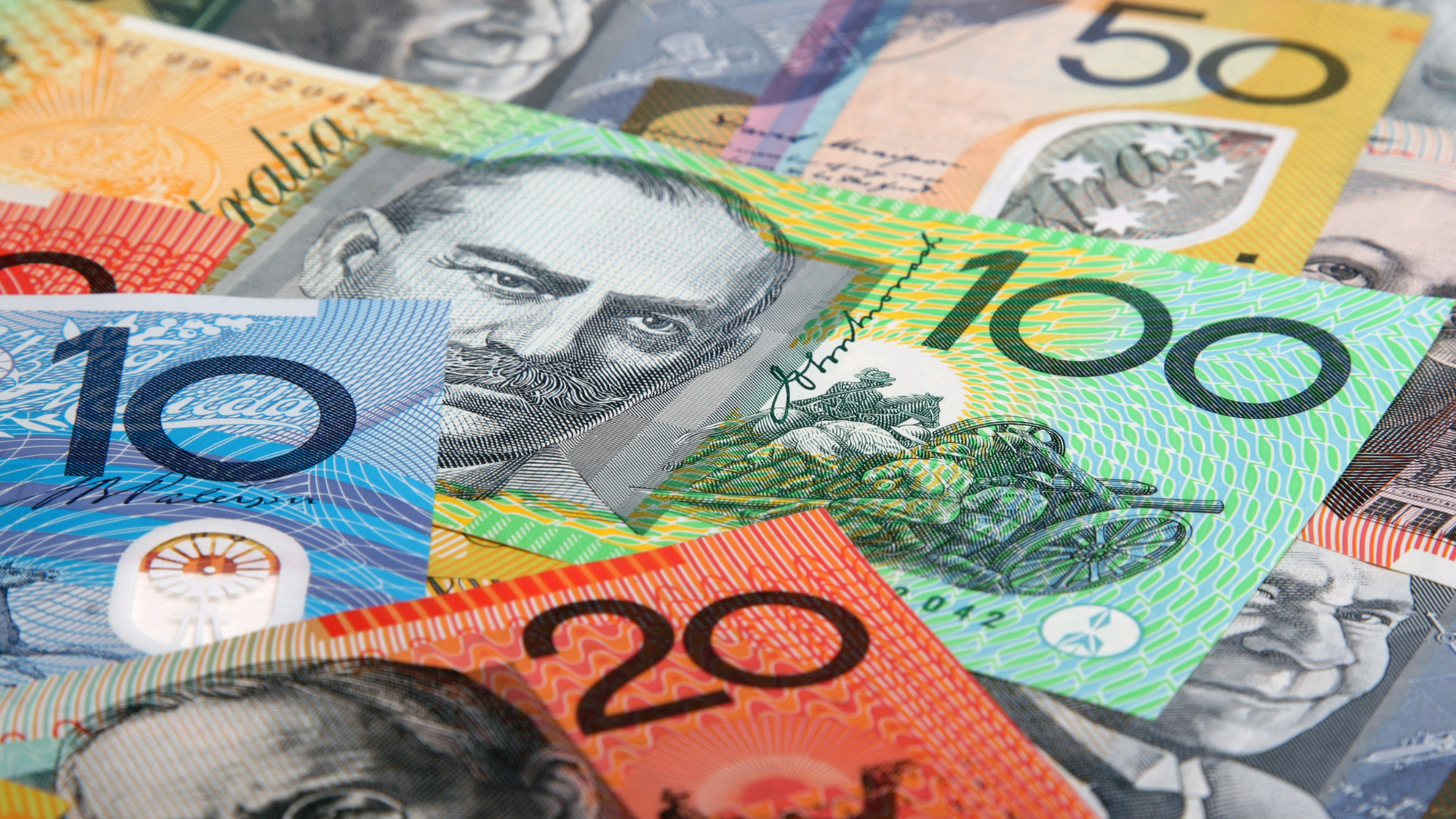The Australian Dollar extended its losses on Wednesday as traders grew cautious ahead of the US Consumer Price Index (CPI) report, a crucial indicator of inflation in the United States. The CPI data is expected to provide important clues about the Federal Reserve’s stance on future interest rate hikes, which could further shake global currency markets.
Currently hovering at its lowest point in recent weeks, the AUD has been weighed down by both domestic challenges and external pressures from the US. Concerns are mounting that a strong inflation reading could prompt the Federal Reserve to maintain its aggressive interest rate policy, boosting the US Dollar and widening the interest rate gap between the US and Australia.
A stronger US Dollar would put additional downward pressure on the Australian currency. According to one currency strategist, “investors are shifting towards safer assets,” underscoring the growing expectation that US monetary tightening will pull capital away from higher-risk currencies like the Aussie.
Adding to the currency’s woes is weakening demand from China, Australia’s top trading partner, as its economy slows down. With China’s growth stalling, demand for Australian exports such as iron ore and coal has declined, further dragging down the AUD. Meanwhile, global commodity markets have also softened, compounding the currency’s challenges.
Traders are now closely watching the US CPI report, which is expected to significantly impact the AUD/USD exchange rate. If inflation comes in higher than anticipated, it could speed up the Australian Dollar’s downward trajectory. On the other hand, a lower reading might provide temporary support.
With market volatility expected to increase, investors are holding off on major moves until the CPI numbers are released. The fate of the Australian Dollar in the near term will largely depend on how US inflation data unfolds, keeping traders on edge as they prepare for potential swings in the currency’s value.
















